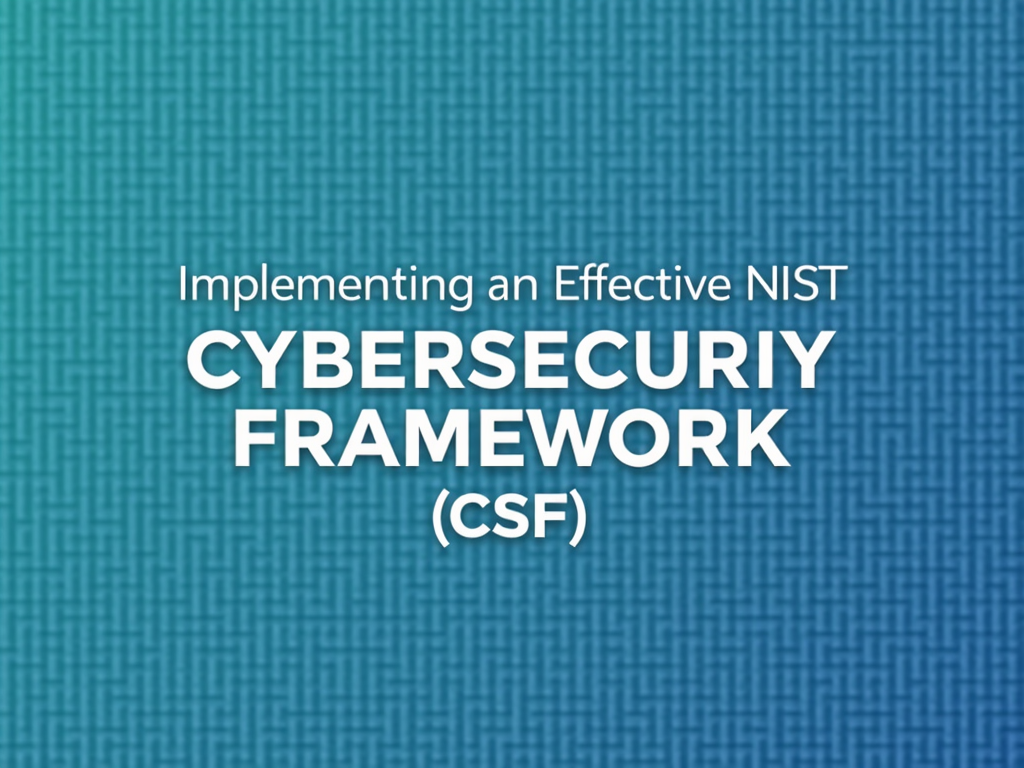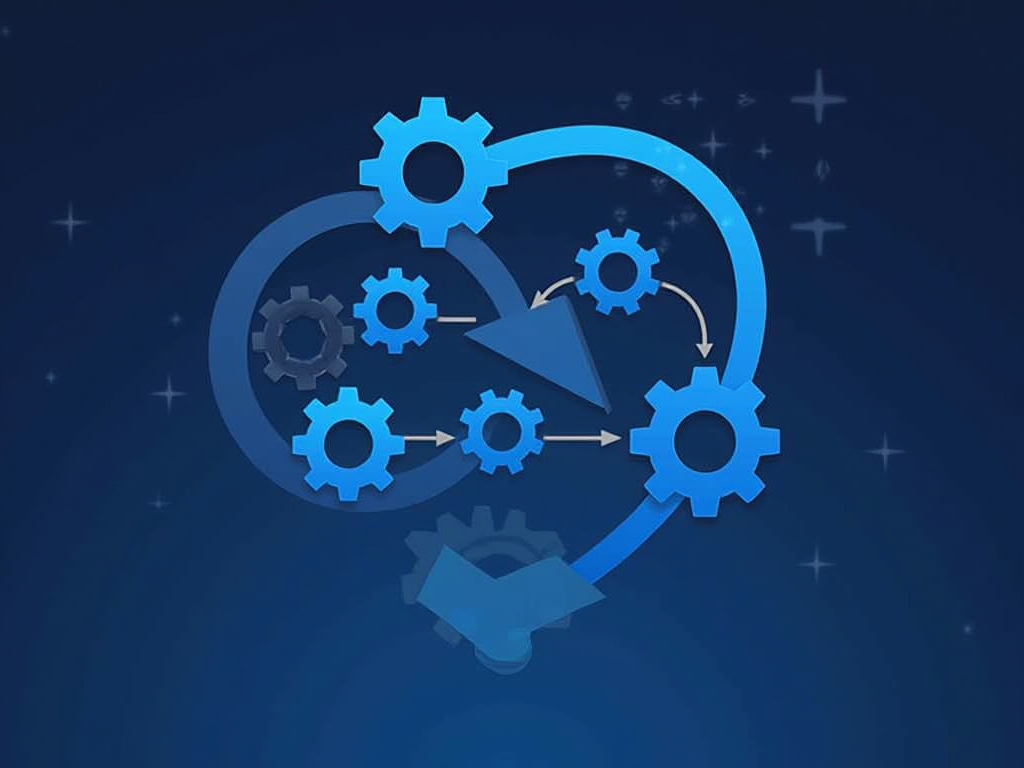Implementing an Effective NIST Cybersecurity Framework (CSF)
Introduction
In today’s digital age, cybersecurity has become a critical concern for organizations of all sizes and industries. With the increasing reliance on technology and interconnectedness of systems, the risk of cyber threats continues to grow. To mitigate these risks, organizations need a comprehensive approach to cybersecurity that covers all aspects of security management. This is where the National Institute of Standards and Technology (NIST) Cybersecurity Framework (CSF) comes in.
The NIST CSF provides a flexible and risk-based approach to managing cybersecurity across various sectors. In this article, we will explore how to implement an effective NIST CSF in your organization.
What is the NIST Cybersecurity Framework?
The NIST CSF is a set of guidelines and standards for implementing effective cybersecurity practices. It was developed by the NIST in collaboration with industry experts and stakeholders. The framework is designed to be adaptable to various organizations, industries, and sectors.
The NIST CSF consists of five core functions:
- Identify: Define the organization’s risk management approach and identify its assets, data, and systems.
- Protect: Implement security controls to protect against cyber threats.
- Detect: Monitor for potential cyber threats and detect when an incident occurs.
- Respond: Respond to detected incidents in a timely and effective manner.
- Recover: Restore normal operations after an incident has been resolved.
Benefits of Implementing the NIST CSF
Implementing the NIST CSF offers numerous benefits, including:
- Risk reduction: By implementing security controls and monitoring for potential threats, organizations can reduce their risk of experiencing a cyber attack.
- Compliance: The NIST CSF is widely recognized as a best practice for cybersecurity. Implementing the framework can help organizations demonstrate compliance with industry regulations and standards.
- Improved incident response: The framework provides guidelines for responding to incidents in a timely and effective manner, minimizing downtime and potential damage.
- Enhanced security posture: By implementing security controls and monitoring for potential threats, organizations can enhance their overall security posture.
Steps to Implement the NIST CSF
Implementing the NIST CSF requires a thoughtful and structured approach. Here are the steps to follow:
- Assess your current cybersecurity posture: Conduct an inventory of your organization’s assets, data, and systems. Identify potential vulnerabilities and assess your current security controls.
- Define your risk management approach: Based on your assessment, define your risk management approach and identify the most critical assets and systems that require protection.
- Implement security controls: Implement security controls to protect against cyber threats, including access controls, encryption, firewalls, and intrusion detection systems.
- Monitor for potential threats: Monitor for potential cyber threats using various tools and techniques, such as threat intelligence feeds, network monitoring, and vulnerability scanning.
- Detect and respond to incidents: Develop incident response procedures and train personnel on how to detect and respond to detected incidents in a timely and effective manner.
- Recover from incidents: Establish procedures for restoring normal operations after an incident has been resolved.
Challenges of Implementing the NIST CSF
While implementing the NIST CSF can be beneficial, it also presents several challenges, including:
- Resources: Implementing the framework requires significant resources, including personnel, technology, and budget.
- Complexity: The framework is comprehensive and may require a significant amount of time and effort to implement correctly.
- Cultural change: Implementing the NIST CSF may require a cultural shift within an organization, including changes in how security is managed and perceived.
Conclusion
Implementing the NIST Cybersecurity Framework (CSF) can be a complex and challenging process. However, with the right approach and resources, organizations can benefit from its comprehensive approach to cybersecurity. By following the steps outlined in this article, organizations can reduce their risk of experiencing a cyber attack, improve their incident response capabilities, and enhance their overall security posture.
References
- National Institute of Standards and Technology (NIST). (2014). Framework for Improving Critical Infrastructure Cybersecurity.
- NIST Special Publication 800-87: Guidelines for Securing Wireless Networks.
- NIST Special Publication 800-92: Guide to Computer Security.
Additional Resources
- NIST CSF Documentation: https://www.nist.gov/cyberframework
- Cybersecurity Framework Implementation Guidance: https://www.nccoe.gov/cybersecurity-framework-implementation-guidance
- Cybersecurity Framework Training and Resources: https://www.cisa.gov/cybersecurity-framework-training-and-resources
I hope this article helps you understand how to implement an effective NIST CSF in your organization. Remember, implementing the framework requires a thoughtful and structured approach. With the right resources and support, your organization can benefit from its comprehensive approach to cybersecurity.



